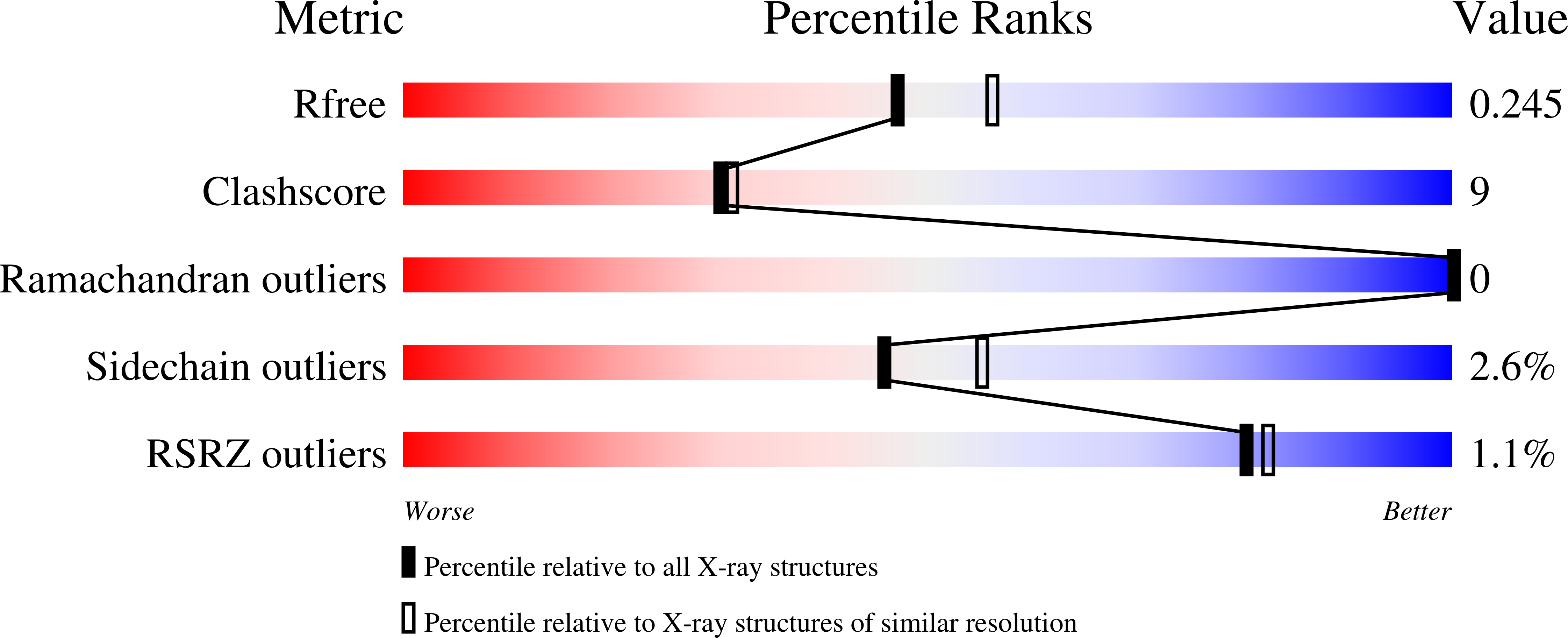
Deposition Date
2023-06-15
Release Date
2024-01-10
Last Version Date
2024-02-07
Entry Detail
Biological Source:
Source Organism:
Nitrosococcus halophilus Nc 4 (Taxon ID: 472759)
Host Organism:
Method Details:
Experimental Method:
Resolution:
2.25 Å
R-Value Free:
0.24
R-Value Work:
0.20
R-Value Observed:
0.20
Space Group:
P 1 21 1


